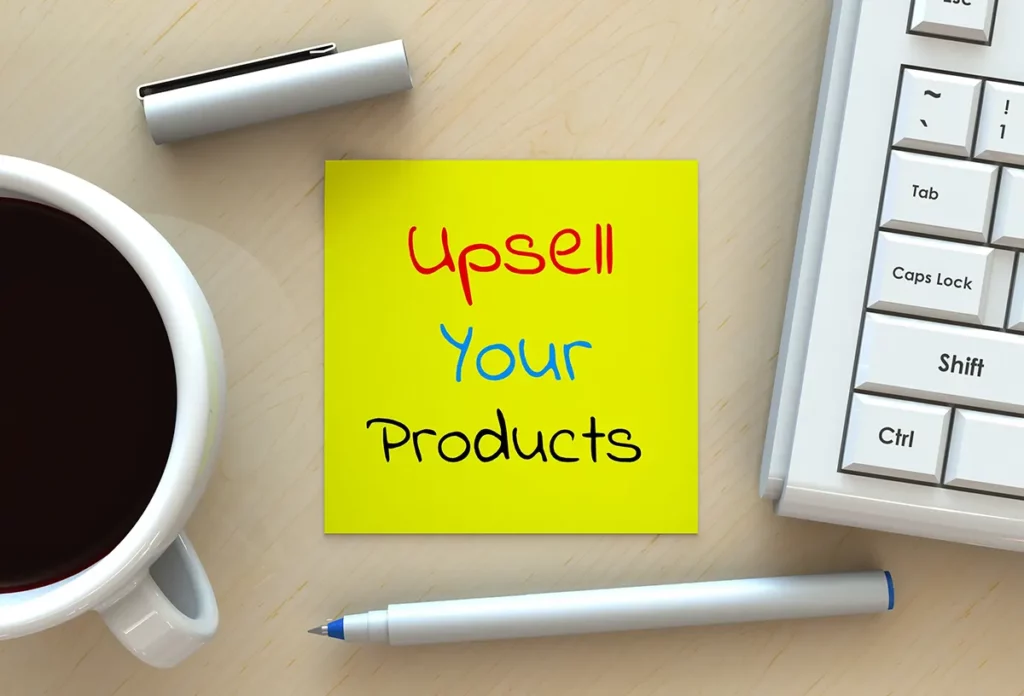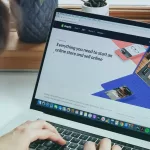No products in the cart.
Sales. Something that is constantly on the minds of every retailer and salesperson. How can you increase customer foot traffic, sales and consequently, revenue? And after getting people to walk into your retail store, how do you make sure you get retail sales?
Whether your current techniques aren’t cutting it anymore or you’re here to get more ideas on how to construct your sales pitch, you’re in the right place.
Charge up your retail sales with these 7 tips and techniques!
7 Retail Sales Tips & Techniques
1. Engage With Customers

We all know how uncomfortable or annoying it can be when salespeople are too pushy or start hard-selling products unprompted. So half of the step to boosting your sales is ensuring that your customers feel comfortable in your store.
And engaging with your customers in a positive manner does just that. Here are some retail sales tips on how to do that:
Let them speak first. While it may seem instinctive to speak first, letting the shopper speak actually makes a huge difference. Ask them open-ended engaging questions to prompt responses and listen actively to what they are saying. With this tip, you build rapport through small talk and get to know your customers.
Collect information before selling. Using the information you gathered from your conversation, you can then start to negotiate a sale. Conversation with your customers gives them the ability to build trust and you also gain insights into what products you can better sell and what problems you can solve.
Remember body language. Greet your customers with a smile and open body language. Crossed arms is often regarded as a defensive posture and makes you seem uninterested and closed off. Keep your arms open, not crossed, and shoulders back.
2. Consider Upselling & Cross-selling

Upselling involves offering shoppers a pricer version of the item they are looking for. Basically, an upgrade if you will. Cross-selling, on the other hand, is adding complementary items to the purchase that will add additional value.
For both upselling and cross-selling, there are some things to consider before using these techniques: timing, value and price.
Consider the right time to bring in this retail sales tip. For instance, don’t try cross-selling or upselling to someone who has just picked up an item; instead, wait for them to make a purchase decision and then jump in. It also helps if you have built some rapport with the shopper so you can pay attention to their needs and wants. Be sure to also note their budget and how much time they have beforehand; people who have tight budgets or schedules will most likely not be convinced to spend more.
Moreover, you need to consider the genuine value and quality of the upgrade. Does it give the customer any extra useful benefits? Does it solve other common problems they may face? For upselling, is it better quality? Give your customers a reason to believe that your products are worth the price.
Do bear in mind, when upselling or cross-selling, you should not go overboard with pricing differences or adding too much extra cost to the shopper’s purchase.
3. Emphasise Value Over Price
When doing retail sales, try focusing on the value of the product rather than the price. Explain the uses and benefits of your products so your customers know why this product will add value to their lives, why it is worth buying. Can it solve a specific problem, how is it entertaining, how is it useful? Doing so will result in the customers being able to visualise the product in their own homes or lives.
Why should you do this? Other than as a persuasive technique, it also prompts sales and helps you avoid discounting items to clear inventory. You can also educate shoppers on your products’ features and benefits, giving them more reasons to buy or recommend them to others.
This retail sales technique is especially important when upselling or cross-selling, because if uneducated about the value of the products, your customer may feel as if the benefits don’t outweigh the price.
4. Sell a Story

It’s been scientifically proven that storytelling is an effective sales technique. When listening to stories, our brains respond well to influence and information, so why not take that into account and incorporate storytelling into your sales practices?
After all, if you sell a story rather than a product, it doesn’t feel like a sales pitch. Try to incorporate your story into natural conversations, pushing your product into the shopper’s mind’s eye without bombarding them with information. If you can, weave your brand’s story into your narrative so your products are tied to your brand and a backstory. As a result, your products are given more value and emotional ties, making them memorable to the shopper.
This technique also ties into Tip #3: emphasise value over price.
If you’re interested in learning more about how storytelling affects our brains, read this article by Jeff Bloomfield, co-founder of BrainTrust.
5. Try Aspirational Selling
Sell the”dream”. Sell an aspiration, show your customers how your products can help them reach their goals, dreams, aspirations. This technique requires knowing and understanding what your customers want and need. Do they want success, security, status? What do they want and how can your product achieve that? Using whatever aspirations your customer base have, you can weave aspirational selling into your sales pitches through storytelling or into marketing collateral such as display images, ads, flyers, social media posts, etc.
6. Personalise Your Service

Customers like feeling special and like they are getting personalised services specifically suited to them and their needs.
Make every customer feel like they are a regular when they walk in, regardless of if it’s their first time. That’s what will give your business something extra that can make you stand out from the crowd.
Practice clienteling as a retail sales technique. Treating people as clients rather than customers makes them feel important and like they mean something to your business. Send them thank you cards, invite them to events and recommend products they might like.
With a retail Point of Sale (POS) system like EPOS, you can use advanced data analytical tools and customer relationship management modules to get recommendations based on their past purchases. It’s super simple and easy to use in order to offer a more personalised and bespoke experience to your customers.
With this technique, you can build up your brand image as a premium luxury retailer and reputation for exceptional customer service and quality.
Conclusion
Are you ready to boost your sales and customer service? These tips and techniques can help you do just that.
Remember, half of the journey is making the shopper feel welcome and special, and using persuasive techniques like storytelling and positive body language can get you the rest of the way there!
You can also try digital marketing techniques to bring customers into your store or already part of your community.
Interested in more tips to increase your business efficiency? Check out these articles!
• Written by Adrija Chakravarti
Was this article helpful?
YesNo


